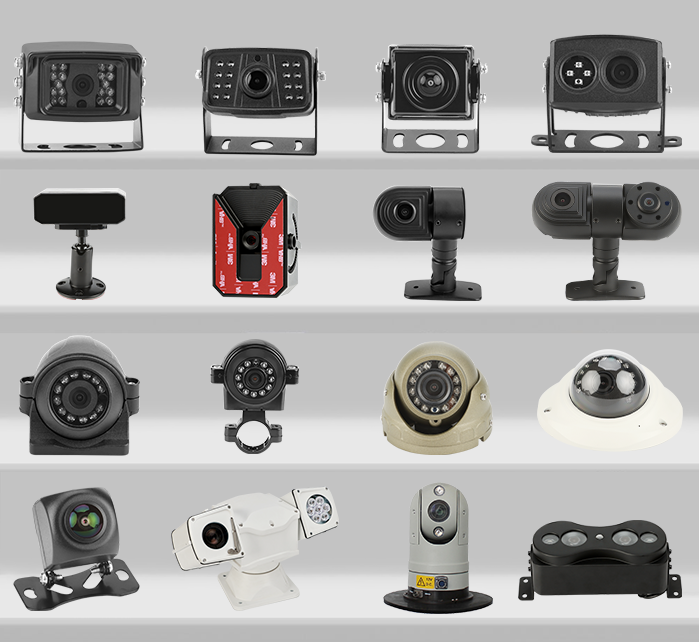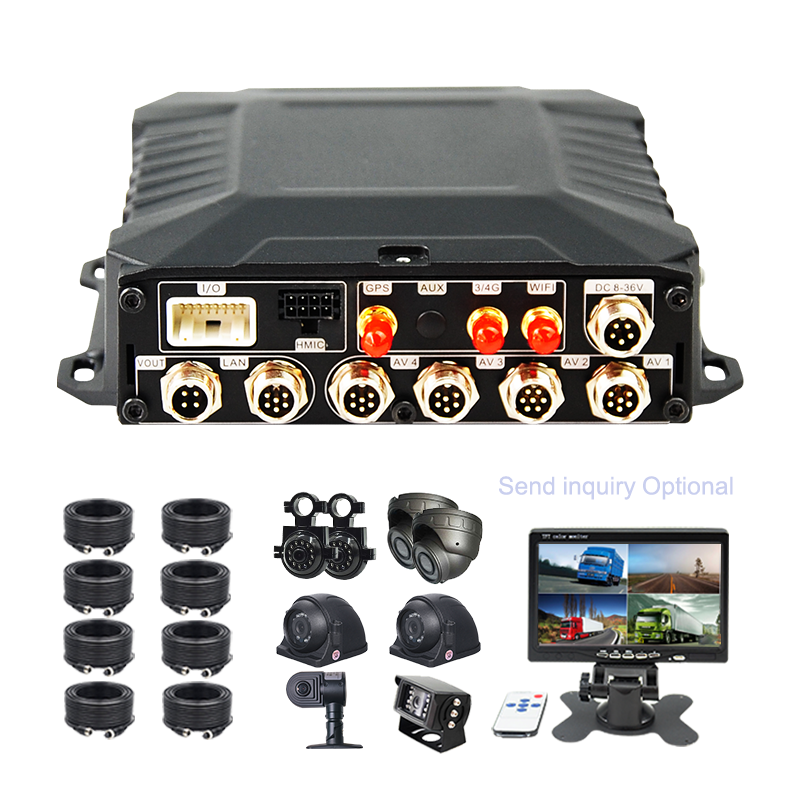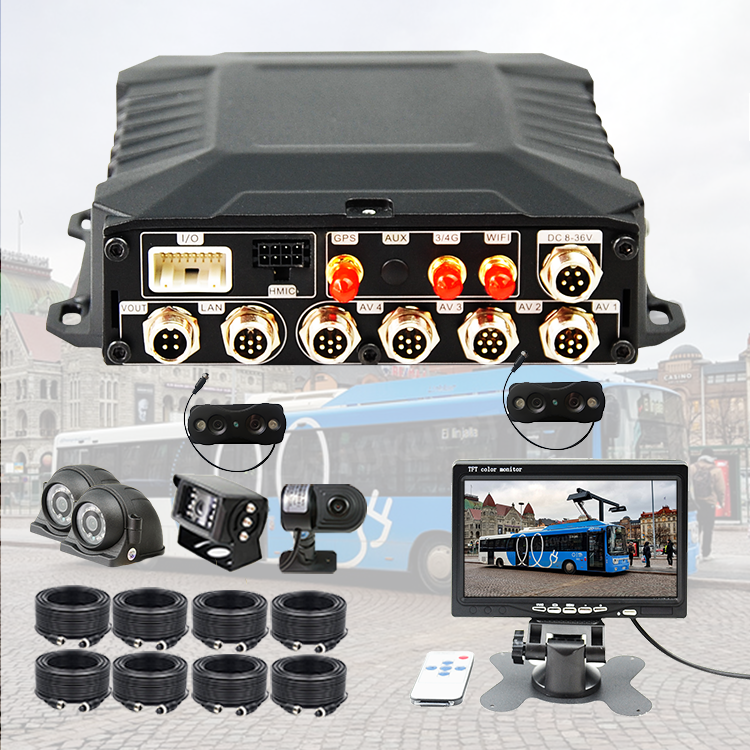public car protocol obd
The public car protocol OBD (On-Board Diagnostics) represents a standardized system that provides access to various vehicle subsystems for monitoring and diagnostics. This protocol serves as a universal language that allows communication between vehicles and diagnostic tools, regardless of the manufacturer. The system continuously monitors engine performance, emission control systems, and other vital vehicle functions, generating real-time data that can be accessed through the OBD-II port. This standardized interface enables mechanics, technicians, and vehicle owners to retrieve valuable diagnostic information, troubleshoot issues, and ensure optimal vehicle performance. The protocol supports multiple communication standards, including CAN (Controller Area Network), ISO 9141-2, and SAE J1850, making it compatible with virtually all modern vehicles. The system generates diagnostic trouble codes (DTCs) when it detects malfunctions, helping to identify specific issues quickly and efficiently. Beyond its primary diagnostic functions, the protocol also supports various third-party applications and devices, enabling features like real-time performance monitoring, fuel efficiency tracking, and emission control verification.


